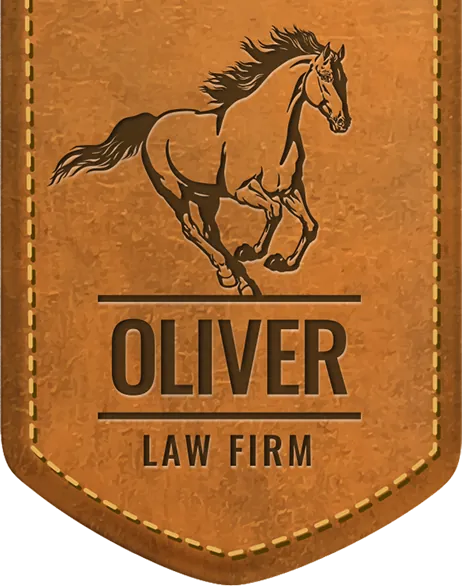The Book:
Making Your Case is written by Bryan A. Garner and the late Justice Antonin Scalia. I actually bought this book in law school and had it signed by Justice Scalia before he died when he came to Fort Smith for a speaking engagement. I was finally able to get around to reading it. Its target audience is appellate lawyers but it is easily applicable to any law practice. The book is organized like an appellate brief in headings and subheadings instead of using chapters like a typical book. I personally loved this writing style and it made it very easy to read in digestible bites. I could sit down for an hour at night and read 5-6 subheadings without any issue and then not have to worry about being stuck in the middle of a long chapter.
The book’s contents are a collection of suggestions for lawyers appearing before judges. Obviously, since Justice Scalia was a Supreme Court Justice, most of the direct advice was targeted towards appellate work. However, the glimpse into the mind of someone who sat on the other side of the bench was great for anyone who appears in front of any judge. The authors did a great job explaining the difference in arguing to judges and arguing to a jury. With a judge, the focus MUST be on the law and logic. Any appeal to the judge’s emotions will be seen as insulting. Further, the reasons why a judge should rule a certain way are very important and at appellate levels the judge must be shown that the outcome of an individual case would not only be fair for that case but would create a fair rule for all applicable cases.
Scalia and Garner had several tips that they disagreed about. I found this to be very intriguing. Rarely does a book present an argument and then immediately after it present the counterargument. They did this for the use of contractions in legal briefs, the use of “gender neutral” language, and the proper use of footnotes. All of these tips apply to briefing at any level and it was great to have both arguments presented.
Application:
Even though we don’t do appellate work, this book will apply directly to my practice. For every case, we have to file briefs at some point. Specifically, in the case that went to trial in Federal Court last year a number of briefs were filed and a number of rulings went against me when I thought we had really good arguments. This book pointed out some of the things I’ve been doing wrong in briefs & motions.
First, I will add an “issues presented” statement to all of my introductions from now on. It’s the traditional law-school-style IRAC way of writing, but I have gotten away from it. I would put “Motion to Exclude _____” in the title and think that was a sufficient statement of what the Court needed to decide. Instead, in the introduction I will now say something along the lines of, “The issue presented to the Court today is whether ___ should be excluded from evidence when (insert 1-2 key applicable facts).” Without being this specific and straightforward, it is easy for a judge to just postpone a ruling saying that he’ll have to see the way things play out before deciding.
I will also cut out a lot of the fluff that I have gotten in the habit of inserting into arguments. In the past, I have thrown every possible argument I could think of into every brief or motion. For example, every motion to exclude had a section arguing the evidence was “more prejudicial than probative.” These arguments are superfluous at best and take away from the meat of the argument. Garner and Scalia suggest to pick the one to three strongest arguments and then only include those in any motion or brief. If those arguments don’t win, a generalized “balancing test” argument certainly isn’t going to.
Finally, this book opened my eyes a little bit to the world of appellate attorneys. The oral arguments that are essentially discussions with the judge(s) or justice(s) about the key points of the case sound incredibly fun to participate in. The next time that we have a case that is appropriate for an appeal, I definitely want to be involved with working the appeal.
Conclusion:
Winning Your Case by Bryan Garner and Justice Scalia is a great book. It has given me a new perspective about the manner in which I argue to judges. I have no doubt I will be a better lawyer as a result of applying what I learned in this book.
NOTE: Oliver Law Firm has a reading program and an office library full of many great books. Our mission is to inspire, train, and mentor our work family to improve ourselves and client services.
Oliver Law Firm, 3606 W. Southern Hills Blvd., Rogers, AR 72758.
a Free Consultation



